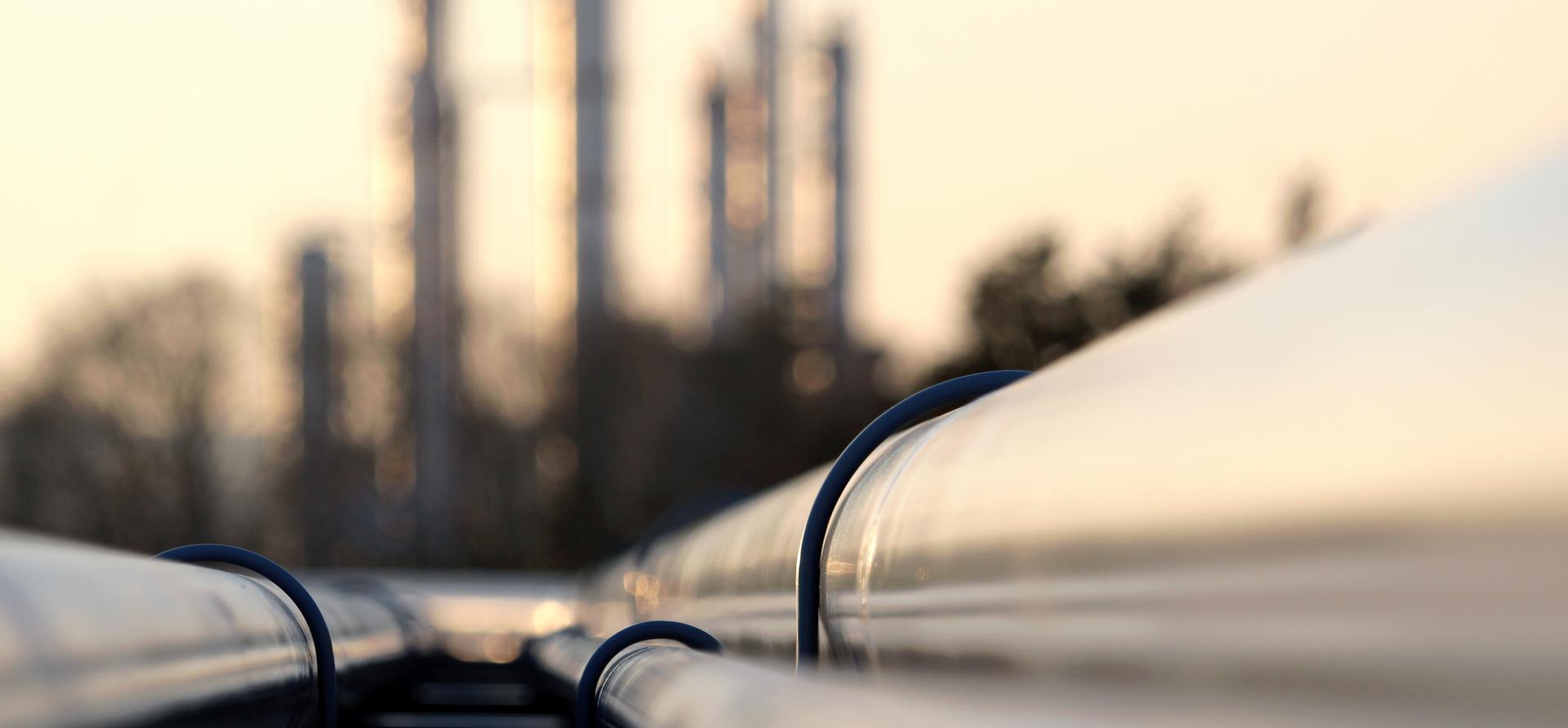Carbon capture landscape 2022 — still too early to confidently fulfil promises
Download Full Report
View Press Release

Key Findings
It is important for investors to be clear about the type of CCS being discussed, as the different applications have varying levels of technical and commercial maturity, contrasting environmental and social risks and opportunities, and differing mitigation potential.
The availability and quality of data from the testing and operations of CCS across all applications is generally weak, which makes the real technology, commercial readiness level, and cost competitiveness uncertain.
Global focus should remain on the least cost, low-hanging fruit to support the energy transition.
Executive Summary
The Intergovernmental Panel on Climate Change (IPCC) released its Sixth Assessment report in April 2022. The nuance of what was heard likely depends on where interests lie. Some argue the recent report gives the green light for continued fossil fuel use with carbon capture and storage (CCS), while others contend it was a signal to close the door on CCS and keep the focus on proven technologies. The truth on such divisive topic is complex.
CCS is often discussed in the context of gas processing or thermal power generation. However, CCS covers various technologies and processes. It is important for investors to be clear about the type of CCS being discussed, as the different applications have varying levels of technical and commercial maturity, contrasting environmental and social risks and opportunities, and differing mitigation potential.
This report outlines the general status, risks and opportunities of carbon capture technology in various applications. The key findings are summarised as follows:
- The availability and quality of data from the testing and operations of CCS across all applications is generally weak, which makes the real technology, commercial readiness level, and cost competitiveness uncertain.
- Gas processing is the main CCS application globally. However, due to its association with enhanced oil recovery (EOR) and historic capture rate issues, it has minimal environmental and social credibility as a decarbonisation option.
- Power and blue hydrogen are the new use cases of CCS to decarbonise the power and industrial sectors, respectively. But these applications are not commercially advanced and raise several environmental concerns. As IEEFA previously reported, CCS for power generation has also been challenged in meeting the industry target capture rates. It is generally not seen to be cost competitive with renewables and storage as a climate change mitigation option for the power sector.
- In industrial applications, CCS with permanent storage appears to provide a viable mitigation option for ethanol and fertiliser production. In other industrial applications, such as steel and cement, CCS is being explored for technical and commercial competitiveness at a commercial scale. However, with current high commodity prices, green hydrogen is becoming increasingly cost competitive and will attract potential green hydrogen pathways such as green steel and green fertiliser. Cement calcination with CCS may be the most viable pathway for deep decarbonisation of the cement industry. CCS projects in industrial applications have also been associated with EOR projects, although there is a positive trend globally of projects towards dedicated geological storage.
- Carbon Dioxide Removal Technologies (CDR)—Bioenergy with Carbon Capture and Storage (BECCS) and Direct Air Carbon Capture and Storage (DACCS)—are not well advanced technically and commercially. However, should they prove cost-competitive and commercially robust technologies, they offer environmental and social usefulness by providing the possibility of negative emissions to prevent global emissions overshoot.
As there are still many unknowns and risks with carbon capture technologies, global focus should remain on the least cost, low-hanging fruit to support the energy transition. In most contexts, this is in the form of renewable energy deployment, electrification and supporting grid modernisation investments to help move renewable energy to where and when it is needed. Additionally, targeting low-cost vehicle electrification opportunities to reduce tailpipe emissions, and investing in monitoring and abating methane leakages from gas extraction provides cost-competitive abatement solutions.
If emissions cannot be abated at lower cost and effort by other means in hard-to-abate industrial and heavy and marine transport, then CCS and carbon dioxide removal (CDR) technology (BECCS and DACCS) become compelling and may be needed to reduce emissions.
As CCS has only been meaningfully commercially deployed in gas processing, ethanol and fertiliser production, and performance and costs have not been verified by third parties, the actual costs of CCS are largely untested and, in most cases, unproven. When the technology is consistently demonstrated at commercial-scale, project costs and technical performance will need to be made available and verified to understand the actual deployment and mitigation costs.
The most socially and environmentally impactful applications of CCS in industrials, BECCS and DACCS, are immature, both technically and commercially. If these are to have an impact, progress needs to be made to rapidly advance and scale the technology. Additionally, the permanence of carbon dioxide (CO2) storage will need to be proven over a millennia timescale. This will require appropriate monitoring and verification standards, liability frameworks, and additional emissions buffers to protect the climate and public from CO2 leakage.
Given the status of technology and the balance of risks, there is significant evolution that carbon capture technologies need for them to be technically proven and commercially viable at scale, and therefore bankable. A key impediment to investment is the lack of availability and weak quality of data from the testing and operations of CCS across all applications, which makes the real technology, commercial readiness level, costs and cost competitiveness uncertain.
















